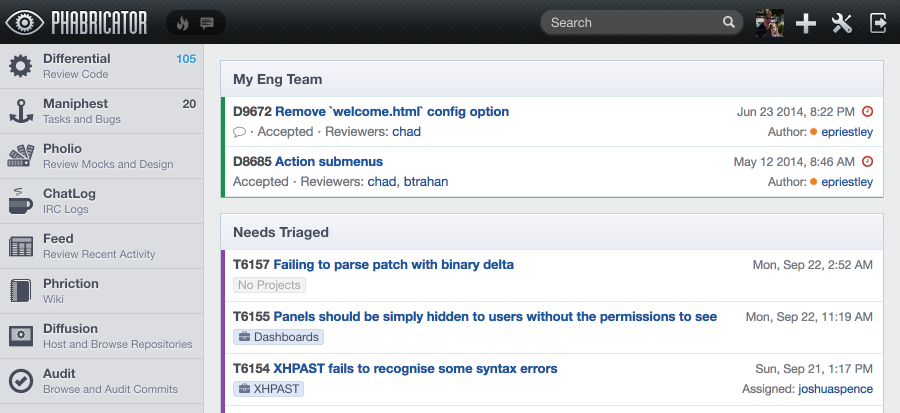
- #Bitnami owncloud module for virtual machine for free
- #Bitnami owncloud module for virtual machine how to
- #Bitnami owncloud module for virtual machine install
- #Bitnami owncloud module for virtual machine upgrade
- #Bitnami owncloud module for virtual machine full
#Bitnami owncloud module for virtual machine install
Install Windows Subsystem for Linux in Windows 11 # To install and run ownCloud on Windows 11 you must first install and enable WSL.
#Bitnami owncloud module for virtual machine how to
However, the steps below are going to show you how to do that. With Windows 11, installing WSL is a bit different than in Windows 10.
#Bitnami owncloud module for virtual machine full
WSL2 is the new and improved version that comes with a performance boost, and full system call compatibility, and is built with a new architecture that delivers features that make WSL an amazing way to run a Linux environment in Windows. You can now install and run ownCloud directly from Windows 11 via Windows Subsystem for Linux (WSL).īack in 2017, Microsoft released WSL and later WSL2 which lets developers run a GNU/Linux environment, including most command-line tools, utilities, and applications directly in Windows without setting up a virtual machine or dual-boot. If you own multiple different computing devices (portable computers and Desktop PCs at different places, Smartphones, tablets.You do not need to install any software or run a virtual machine in Windows 11 to install ownCloud. ) - and I bet you do - then you will sooner or later feel the need to share your personal files between them in a seamless, convenient way. want to have your music files and pictures available on any device at any place without manually copying them around.

This is why using a Cloud Storage provider is becoming more and more popular: Dropbox, Google Drive, Box.net.
#Bitnami owncloud module for virtual machine for free
They will offer you a limited amount of online storage for free - if you pay them a monthly fee then you will get more. However, if you want to have a lot of space (1 TB, 2 TB?) then this will get very expensive.

Luckily there is software available that enables you to be your own Cloud Storage provider like the Open Source solution ownCloud.Īnd there are also other concerns: Data security, privacy. I have started playing with ownCloud in my hosted virtual lab and will blog about how I got this up and running, configured for my needs, and what else is needed to make good use of it. Importing the Bitnami ownCloud stack appliance This first post is about installing and initial configuration. Importing the machine into ESXi was not as straight forward as I thought, because the appliance is not provided in OVF format (that you could just import through the vSphere client), but in VMware Workstation format. It turned out that the best way to deploy to an ESXi 5.x host is to use VMware Converter. In the Bitnami documentation there is misleading information that you should convert the VM to OVF format with an older version of Converter - ignore that. You can use the latest version (5.0.1) of Converter (with ESXi 5.1 you even must use the latest version) to directly upload the machine to the host. In the import wizard be sure to change the VM's disk controller type from auto-select to "SCSI LSI Logic". Otherwise you will end up with an IDE disk. If you don't want to use VMware Converter you could also upload the VM files to a datastore of your host and convert the disk files into an ESXi compatible format (using vmkfstools -i in an ESXi shell). With ESXi 5.1 you will then run into another issue that I already described in an earlier post.

#Bitnami owncloud module for virtual machine upgrade
This method also requires you to manually register the VM's configuration file (.vmx) and fixing the virtual hardware (add an e1000 Ethernet adapter and a CD-ROM drive).īefore you go and power on the machine for the first time upgrade its virtual hardware to the latest version (vmx-09 in ESXi 5.1).Ĥ. # Unpack and install the Tools (The tar.gz file name may differ): Ln -s /lib/modules/3.2.0-31-virtual/build/include/generated/autoconf.h /lib/modules/3.2.0-31-virtual/build/include/linux/autoconf.h Ln -s /lib/modules/3.2.0-31-virtual/build/include/generated/utsrelease.h /lib/modules/3.2.0-31-virtual/build/include/linux/utsrelease.h # "3.2.0-31-virtual" with the kernel version from "uname -a")Īpt-get install gcc make tar linux-source linux-headers-3.2.0-31-virtual # Install the gcc compiler and kernel headers (Replace So the following steps are required (taken from the BitNami docs) after mounting the VMware Tools ISO by using the "VM / Guest / Install/Upgrade VMware Tools" menu: This appliance is based on Ubuntu 12.04 with Linux kernel version 3.2.0-31-virtual (determine with "uname -a"). d -clobber-kernel-modules=vmxnet3,pvscsi,vmmemctl BITNAMI OWNCLOUD ROOT INSTALL These steps worked for me using the Tools of ESXi 5.1.ĥ.


 0 kommentar(er)
0 kommentar(er)
